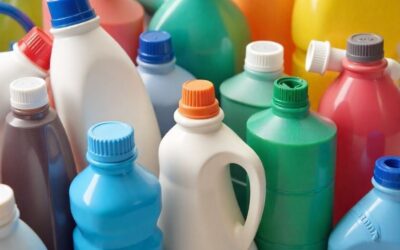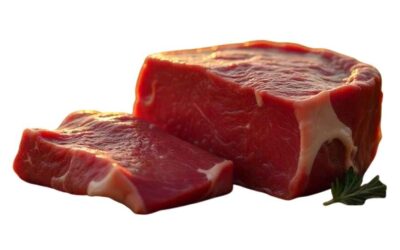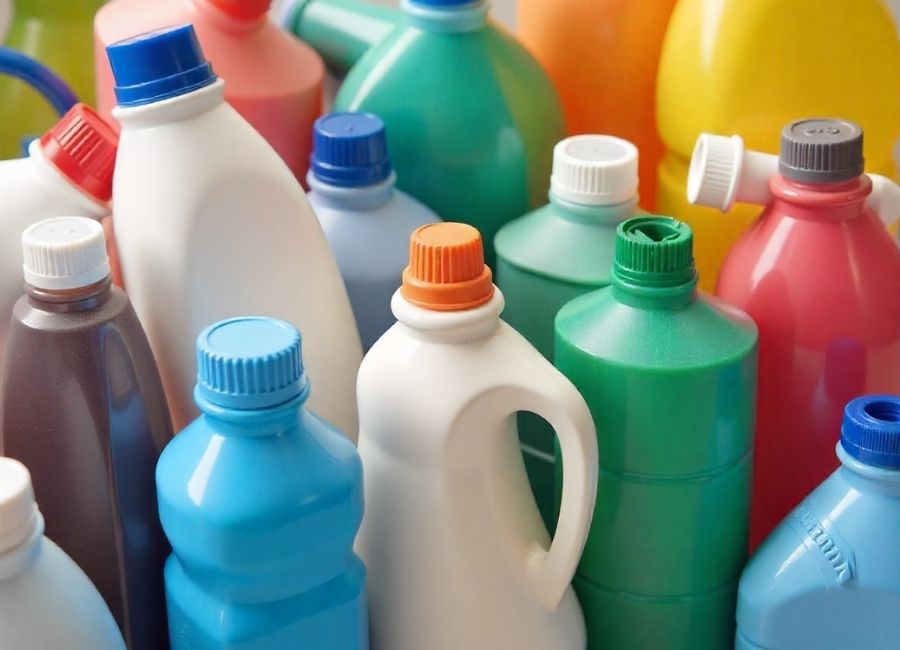Plastic is everywhere. From the water bottle on your desk to the phone in your hand, it’s one of the most versatile materials in modern life. But have you ever wondered what happens when plastic gets too hot? At what temperature does it actually melt?
The answer isn’t as straightforward as you might think. Different types of plastic have wildly different melting points, ranging from as low as 212°F (100°C) to well over 600°F (315°C). Understanding these temperatures is crucial whether you’re recycling, manufacturing, or simply trying to determine if a plastic container is microwave-safe.
In this guide, we’ll break down the melting points of common plastics, explain why they vary significantly, and provide practical tips for handling plastics safely at high temperatures.
Why Do Different Plastics Melt at Different Temperatures?
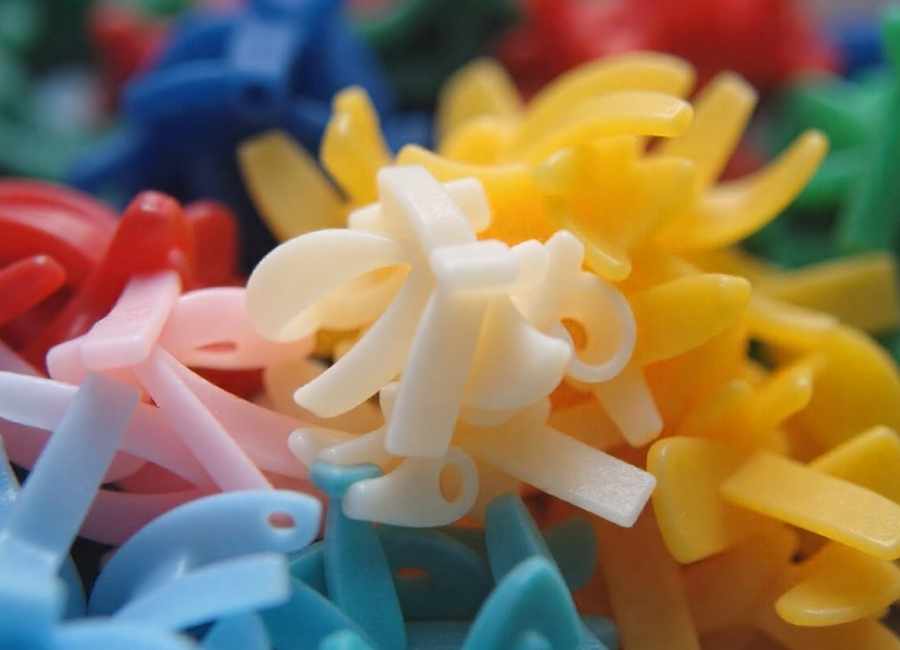
Not all plastics are created equal. The temperature at which plastic melts depends on its chemical structure and composition.
Plastics can be categorized into two main types: thermoplastics and thermosetting plastics. Thermoplastics can be melted and reshaped multiple times without changing their chemical structure. Think of materials like polyethylene and polypropylene. Thermosetting plastics, on the other hand, undergo a chemical change when heated and cannot be melted down again once they’ve hardened. Examples include epoxy and phenolic resins.
The molecular structure also plays a role. Plastics with stronger chemical bonds and more complex molecular arrangements typically have higher melting points. Additives like plasticizers, fillers, and stabilizers can further influence how a plastic responds to heat.
Plastic Material Melt & Mould Temperatures Table
| MATERIAL | MELT TEMPERATURE RANGE (℃) | MOULD TEMPERATURE RANGE (℃) | MELT TEMPERATURE RANGE (℉) | MOULD TEMPERATURE RANGE (℉) |
| ABS | 190-270 | 40-80 | 374-518 | 104-176 |
| ABS/PC ALLOY | 245-265 | 40-80 | 473-509 | 104-176 |
| ACETAL | 180-210 | 50-120 | 356-410 | 122-248 |
| ACRYLIC | 220-250 | 50-80 | 428-482 | 122-176 |
| CAB | 170-240 | 40-50 | 338-464 | 104-122 |
| HDPE | 210-270 | 20-60 | 410-518 | 68-140 |
| LDPE | 180-240 | 20-60 | 356-464 | 68-140 |
| NYLON 6 | 230-290 | 40-90 | 446-554 | 104-194 |
| NYLON 6 (30% GF) | 250-290 | 50-90 | 482-554 | 122-194 |
| NYLON 6/6 | 270-300 | 40-90 | 518-572 | 104-194 |
| NYLON 6/6 (33% GF) | 280-300 | 40-90 | 536-572 | 104-194 |
| NYLON 11 | 220-250 | 40-110 | 428-482 | 104-230 |
| NYLON 12 | 190-200 | 40-110 | 374-392 | 104-230 |
| PEEK | 350-390 | 120-160 | 662-734 | 248-320 |
| POLYCARBONATE | 280-320 | 85-120 | 536-608 | 185-248 |
| POLYESTER PBT | 240-275 | 60-90 | 464-527 | 140-194 |
| PET (SEMI CRYSTALLINE) | 260-280 | 20-30 | 500-536 | 68-86 |
| PET (AMORPHOUS) | 260-280 | 20-30 | 500-536 | 68-86 |
| POLYPROPYLENE (COPOLYMER) | 200-280 | 30-80 | 392-536 | 86-176 |
| POLYPROPYLENE (HOMOPOLYMER) | 200-280 | 30-80 | 392-536 | 86-176 |
| POLYPROPYLENE (30% TALC FILLED) | 240-290 | 30-50 | 464-554 | 86-122 |
| POLYPROPYLENE (30% GF) | 250-290 | 40-80 | 482-554 | 104-176 |
| POLYSTYRENE | 170-280 | 30-60 | 338-536 | 86-140 |
| POLYSTYRENE (30% GF) | 250-290 | 40-80 | 482-554 | 104-176 |
| PVC P | 170-190 | 20-40 | 338-374 | 68-104 |
| PVC U | 160-210 | 20-60 | 320-410 | 68-140 |
| SAN | 200-260 | 50-85 | 392-500 | 122-185 |
| SAN (30% GF) | 250-270 | 50-70 | 482-518 | 122-158 |
| TPE | 260-320 | 40-70 | 500-608 | 104-158 |
Common Types of Plastic and Their Melting Points
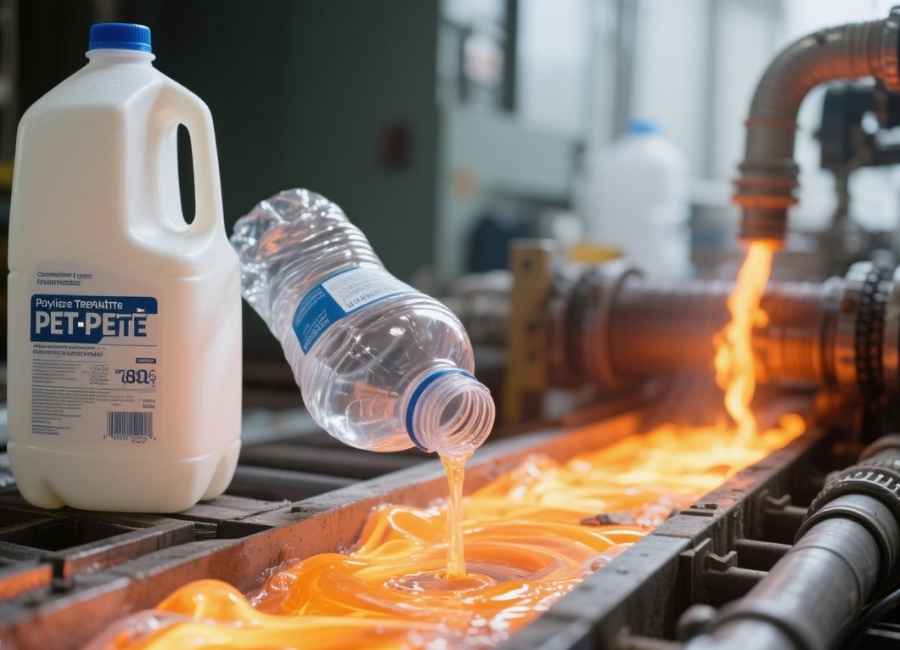
Let’s look at the melting temperatures of some of the most common plastics you’ll encounter:
Polyethylene Terephthalate (PET or PETE)
Melting Point: 480–520°F (249–271°C)
PET is widely used in the production of beverage bottles, food containers, and synthetic fibers. It’s lightweight, strong, and recyclable. While it can withstand moderate heat, it’s not recommended for use in high-temperature applications, such as ovens or dishwashers.
High-Density Polyethylene (HDPE)
Melting Point: 266–280°F (130–138°C)
HDPE is found in milk jugs, detergent bottles, and plastic bags. It’s known for its durability and resistance to impact. However, its relatively low melting point means it shouldn’t be exposed to high heat.
Polyvinyl Chloride (PVC)
Melting Point: 212–500°F (100–260°C)
PVC is commonly used in pipes, vinyl flooring, and wire insulation. Its melting point varies depending on whether it’s rigid or flexible PVC. When heated excessively, PVC can release toxic fumes; therefore, proper ventilation is essential during processing.
Low-Density Polyethylene (LDPE)
Melting Point: 221–239°F (105–115°C)
LDPE is used for plastic wrap, squeezable bottles, and flexible packaging. It has one of the lowest melting points among common plastics, making it unsuitable for hot liquids or microwaving.
Polypropylene (PP)
Melting Point: 266–340°F (130–171°C)
Polypropylene is a versatile plastic found in food containers, automotive parts, and textiles. It has a higher melting point than polyethylene, making it more heat-resistant and safer for microwaving when labeled as such.
Melting Point: 392–464°F (200–240°C)
Polystyrene (PS)
Polystyrene is used in disposable cups, foam packaging, and insulation. While it can handle moderate heat, it’s not ideal for hot beverages or food unless specifically designed for that purpose.
Other Plastics
This category includes polycarbonate, nylon, and acrylic, which have melting points ranging from 300°F to over 600°F (149–315°C+). These plastics are often used in high-performance applications, such as automotive parts, eyeglass lenses, and industrial equipment.
What Happens When Plastic Melts?
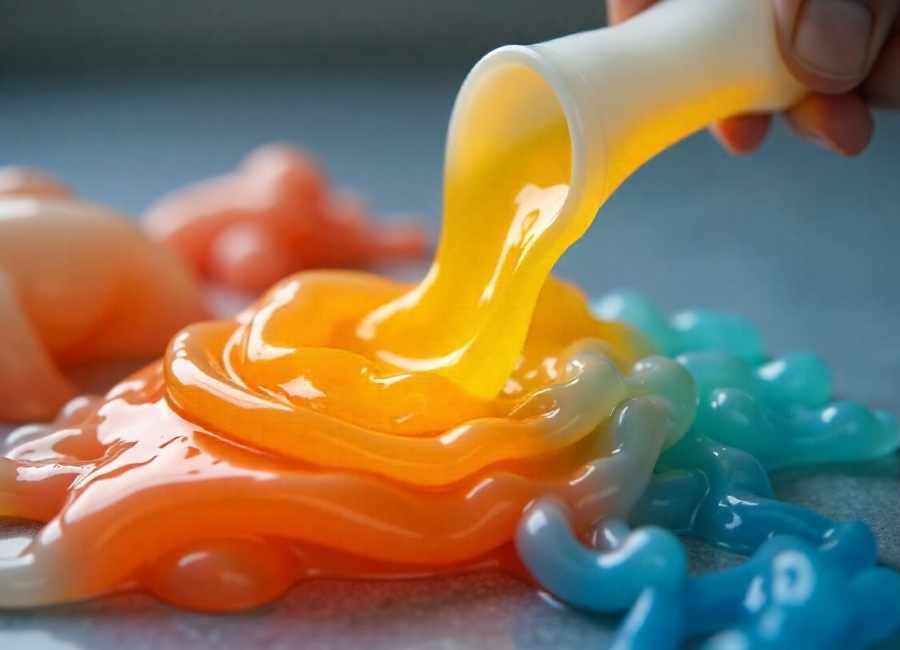
When plastic reaches its melting point, its solid structure begins to break down. The material becomes soft, pliable, and eventually transitions into a liquid state. This process is reversible for thermoplastics, which can be cooled and reshaped without losing their properties.
However, melting plastic can also release harmful chemicals. Some plastics emit toxic fumes or leach additives when exposed to high heat. For example, heating PVC can produce hydrochloric acid and dioxins, both of which are hazardous to health. Similarly, heating certain food-grade plastics in the microwave can cause chemicals like BPA (bisphenol A) to migrate into your food.
That’s why it’s crucial to check product labels and use plastics only in applications for which they’re designed.
How to Safely Handle Plastic at High Temperatures
If you’re working with plastic in high-heat environments or want to avoid accidental melting, here are some practical tips:
Check the Recycling Code
Most plastic products have a recycling code (a number inside a triangle) that indicates the type of plastic. Familiarize yourself with these codes to understand the heat resistance of a material.
Read Product Labels
Look for terms like “microwave-safe,” “heat-resistant,” or “dishwasher-safe.” These labels indicate that the plastic has been tested for specific temperature ranges.
Avoid Direct Heat Exposure
Never place plastic directly on a stove, grill, or open flame. Even heat-resistant plastics can warp or release harmful chemicals when exposed to direct heat.
Use Alternatives When Possible
For high-temperature cooking or storage, consider using glass, ceramic, or stainless steel instead of plastic. These materials are more stable at high temperatures and don’t pose the same health risks.
Dispose of Damaged Plastic
If a plastic container becomes warped, discolored, or cracked due to heat exposure, stop using it. Damaged plastic is more likely to leach chemicals.
Does Melting Plastic Affect Recycling?
Yes, melting plays a key role in the recycling process. Thermoplastics are melted down and reformed into new products, which is why they’re so valuable in recycling programs. However, each time plastic is melted and reshaped, its quality can degrade slightly due to thermal and mechanical stress.
Some plastics, like thermosetting plastics, cannot be recycled through melting because they don’t soften when heated. These materials are often downcycled or disposed of in landfills.
To support effective recycling, clean your plastic items before disposal and sort them according to their recycling codes. This helps recycling facilities process materials more efficiently.
Final Thoughts on Plastic Melting Points
Knowing the melting points of plastics can help you avoid health risks and support safe recycling. Whenever you’re working with plastics or using them at Home, keep in mind which types are best for heat.
By keeping these guidelines in mind, you can handle plastics more safely, reduce your exposure to harmful chemicals, and make choices that support sustainability. Ultimately, being informed about how plastics behave at different temperatures empowers you to make healthier, more responsible decisions in both everyday life and the workplace—our easy guide.










